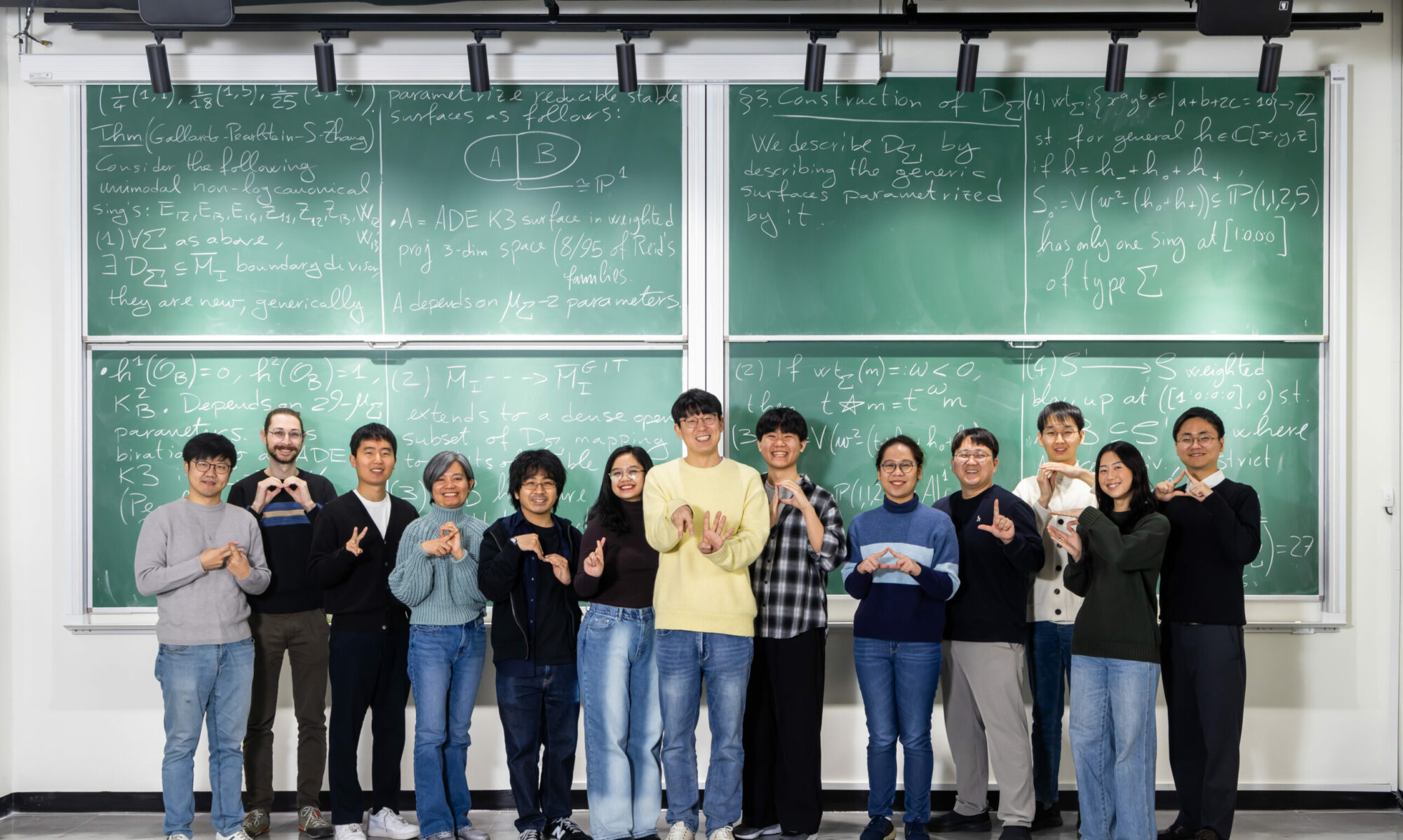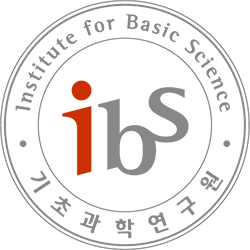Olive Cawiding, Anticipating the occurrence and type of critical transitions
B232 Seminar Room, IBS 55 Expo-ro Yuseong-gu, Daejeon, Daejeon, Korea, Republic ofWe will discuss about “Anticipating the occurrence and type of critical transitions”, Science Advances 9.1 (2023): eabq4558. Abstract Critical transition can occur in many real-world systems. The ability to forecast the occurrence of transition is of major interest in a range of contexts. Various early warning signals (EWSs) have been developed to anticipate the …





